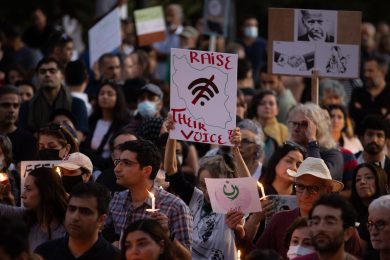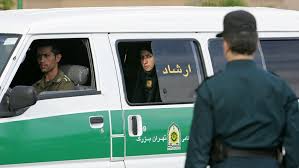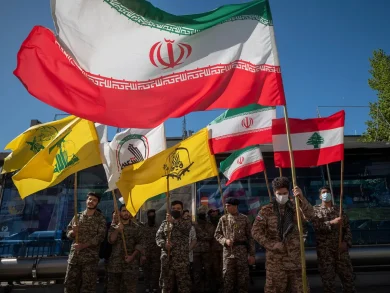In the face of intense repression by the Islamic Republic and its powerful arm, the IRGC (Islamic Revolutionary Guard Corps), Iranian women have turned to art as a form of resistance. From street murals to poetry, underground theater to digital illustrations, their creative expressions serve as powerful tools to challenge gender norms, expose injustice, and amplify voices that the regime tries to silence.
While the IRGC targets visible protests with brutal crackdowns, art offers an alternative battleground—subtle yet subversive, symbolic yet strong. This analysis explores how Iranian women use film, visual art, poetry, music, and performance as activism to resist authoritarianism, build solidarity, and envision a freer future.
1. The Political Power of Art in Authoritarian Regimes
Art has always played a role in political change, especially under repressive regimes. In Iran, where state control over speech, dress, and behavior is pervasive, art provides a covert and deeply personal method of protest.
• The IRGC’s censorship bans many forms of expression, particularly those by women.
• Artists become targets, yet many continue creating despite surveillance and imprisonment.
• Art allows messages to transcend language, censorship, and fear—sparking conversations where words are banned.
2. Visual Arts and Graffiti: The Walls That Speak
Iranian streets have seen a rise in graffiti, murals, and visual protest art, often anonymous.
• Images of Mahsa Amini, burning hijabs, or women with uncovered hair are visual calls for freedom.
• Women artists reclaim public spaces with art that challenges compulsory hijab laws and state violence.
• Some artists are arrested by the IRGC, but many continue through encrypted networks and underground collectives.
3. Film and Photography: Documenting Truths and Lives
Iranian women filmmakers, despite restrictions, use film to:
• Expose domestic abuse, political repression, and female resistance.
• Share everyday realities of being a woman in Iran.
• Capture hidden protests, prisons, and the resilience of Iranian women.
Even mobile phone videos taken during protests are edited into documentaries and distributed globally.
4. Music and Dance: Bodies as Acts of Defiance
In a country where women are banned from singing solo and public dancing is criminalized, women’s bodies become tools of protest.
• Videos of girls dancing in the streets have gone viral, sparking global solidarity.
• Underground concerts, music videos, and feminist rap are growing forms of rebellion.
• Music groups in exile amplify women’s messages through safe channels.
5. Literature and Poetry: Words That Cannot Be Caged
Iran’s rich literary heritage is alive in the hands of modern women poets and writers who:
• Challenge patriarchy, censorship, and theocratic control.
• Use metaphor, allegory, and coded language to bypass censorship.
• Share poems online and in exile publications that resonate with younger generations.
6. Fashion and Performance: Aesthetic Defiance
• From unveiled selfies to clothing choices, fashion becomes a protest against forced modesty laws.
• Performance art, flash mobs, and symbolic protests (like public hair-cutting) express defiance without words.
• These acts are often filmed, shared online, and turned into viral symbols of resistance.
7. Digital Art and Online Platforms
Social media has revolutionized the way Iranian women use art:
• Instagram, Twitter, and Telegram channels host art that would never be shown in state media.
• Artists in exile collaborate with those inside Iran to amplify their work safely.
• Hashtag movements like #MahsaAmini and #WomenLifeFreedom merge digital art with activism.
8. IRGC’s War on Artistic Freedom
The IRGC views independent art as a threat. Its response includes:
• Surveillance of artists, especially women.
• Arrests, forced confessions, and banning of works.
• Blocking digital platforms and censoring cultural events.
Still, art continues to thrive—underground, online, and in exile.
9. Global Solidarity Through Art
• Iranian women’s art has reached international galleries, film festivals, and music awards.
• Global artists collaborate to highlight Iranian struggles.
• Art becomes a universal language that connects people to Iranian women’s fight for freedom.
Conclusion: The Brush is Mightier than the Gun
Iranian women have proven that creativity is a revolutionary act. While the IRGC rules with violence, women resist with paint, words, movement, and song. In doing so, they’re rewriting the narrative of power and freedom in Iran—one canvas, poem, and protest at a time.
Art is not a luxury in Iran—it is survival, resistance, and a vision of what could be.
Join Our Newsletter!
Stay informed with the latest updates, news, and ways to take action in the fight for justice and global security. Sign up now to get updates delivered straight to your inbox!





